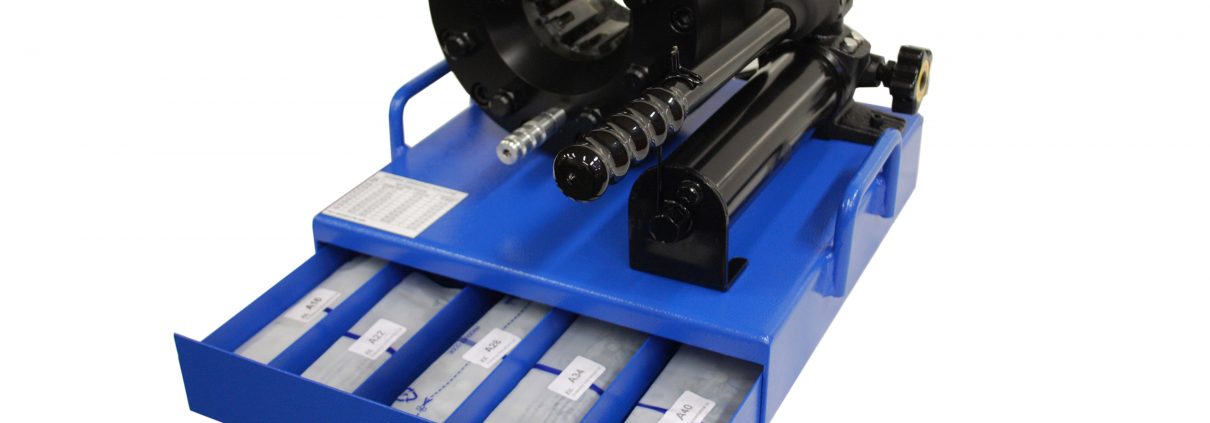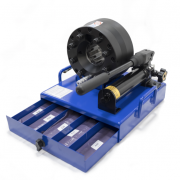The Definition of Swaging
What is the definition of swaging?
The English origin of swaging dates back to the 19th century. It is the process for shaping a swage. A swage is the shaped tool used to transform an object’s shape into the desired form by bending or shaping. Swaging is used in the metalworking field, known as metallurgy, to serve a variety of purposes. As a noun, swaging can transform a piece of metal into a desired shape through pressure or hammering. Swaging results in taking an object and giving it a ridge, groove or some shape of mold. The process can alter the diameter of rods, hoses and/or tubes. Examples of swaging include pipefitting, hose fitting and decorative metal work. An example is the casters used on chairs or other furniture legs. Look in your office meeting room and notice that beautiful silver coffee table with its antique-appearing curved legs. Those legs were created using the process of swaging.
When used as a verb, swaging uses a swage in a pulsing manner to flatten any rivet. This is done by using continuous rolling motions. Swaging is also the process of joining metal pieces together. A perfect example of this is found in aircraft control cables. The ends are molded together to fit any number of size requirements. Swaging can be used as a supplement to soldering a wire into place, like in a circuit board. The straightened wire needs to be reshaped to fit into place. This reshaping is known as swaging. In fact, swaging is most commonly used to attach fittings to cables, pipes, or other similar components. Think of soldering pieces together, and the process of swaging usually comes into play.
Swaging can be classified as internal, external, combination or dual varieties throughout all global definitions of the word. Internal swaging can provide grip to hose material, and be used to improve flow area through tubing or hoses. In fact, this form of swaging increases the size of applicable items, and plays a key role in lowering the risks of bacteria accumulating near the end of the hose or tube. It also helps to reduce turbulence by providing a firm mechanical adhesiveness and bond. External swaging, as the term implies, is the opposite of internal swaging. Combination swaging is similar to external swaging, except for the fact it involves welding ends together. It also is known to be more cost-effective than external swaging. Combination swaging involves compressing the size of items to suit the purpose. Dual swaging uses both internal and external swaging and involves compressing both aspects by the same amount.
Swaging is used in items all around you. Typical areas include car design, keyed musical instruments and repairs, circuit boards, hose fittings, pipe fittings, lock bolts, sawing blade teeth, ammunition and decorative metal items.
Swaging is a specialized field. Understanding the global definitions of this field can enhance your overall respect for this craft.




